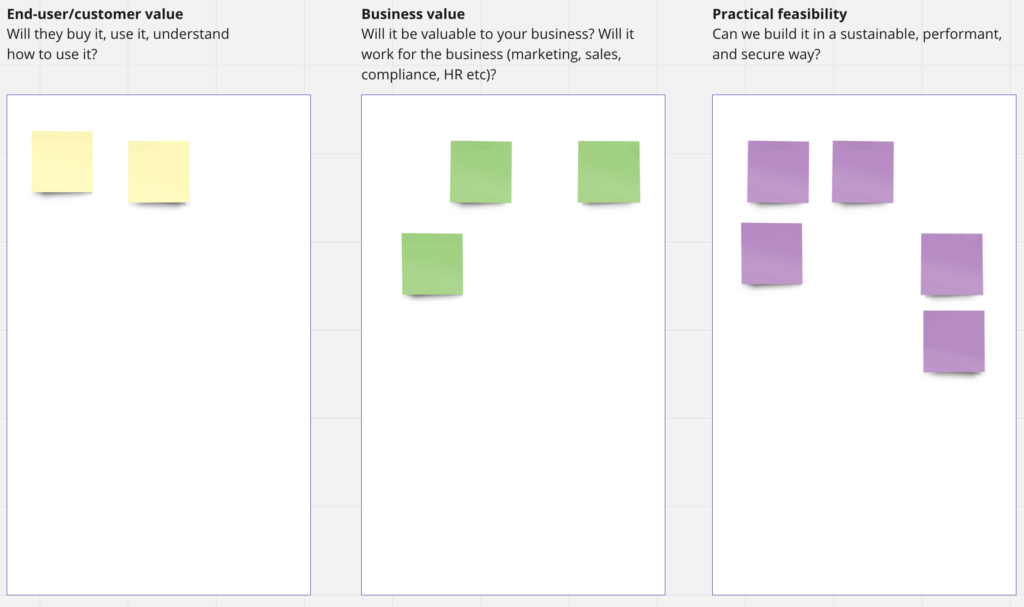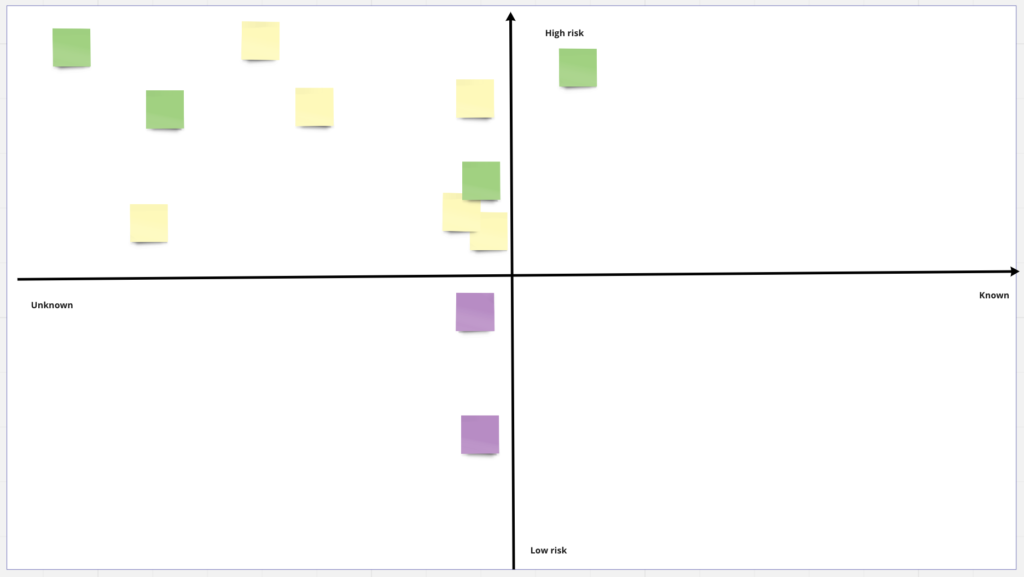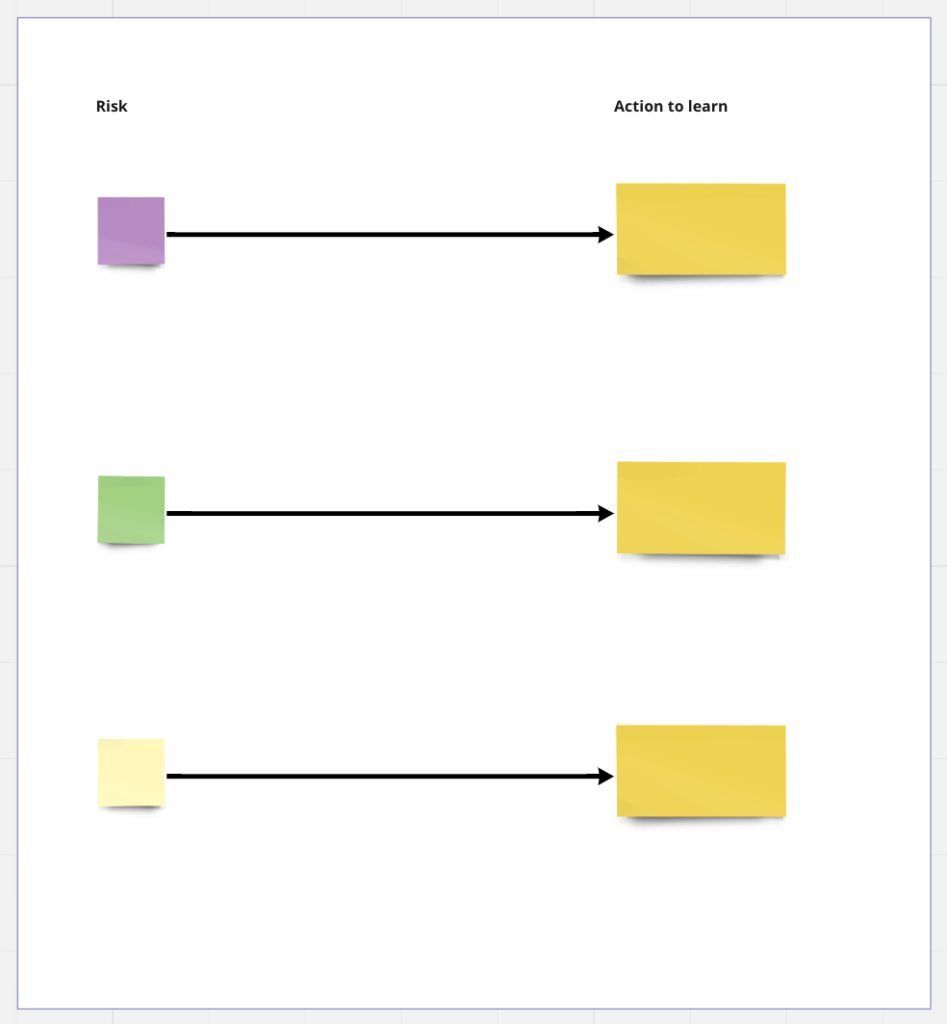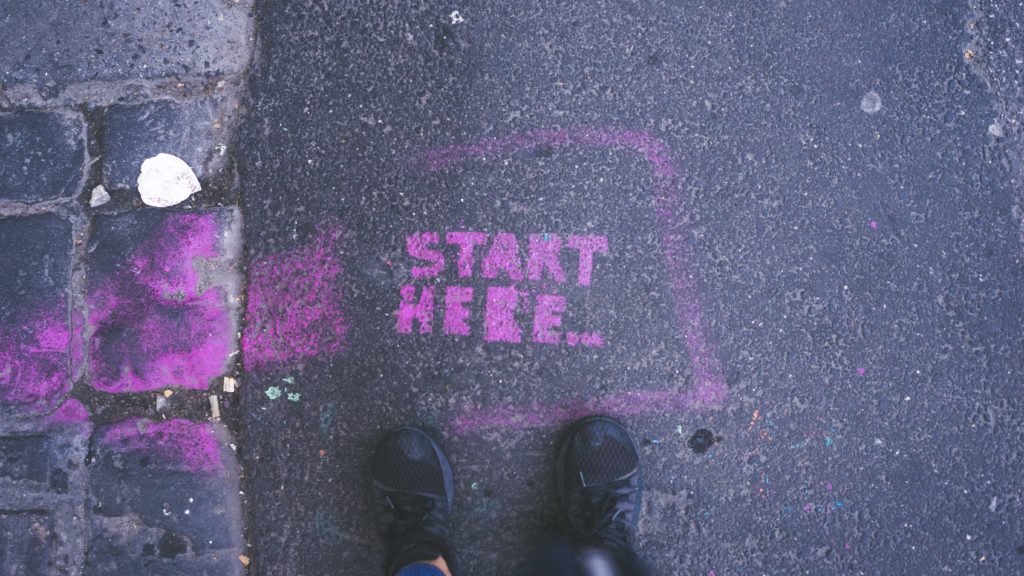
“Where do we start?” is a recurring question that Martin Christensen and I receive when we run Product Discovery training.
A fundamental challenge with Product Discovery is that there is no right way, no silver bullet, and no perfect process, which means that teams need to pick the right tool for the right situation. But could there be a technique that could work regardless of the problem that you want to solve?
Recently, I listened to a podcast with Shreyas Doshi a seasoned product executive with a background from Twitter, Stripe and many other notable tech-powered companies. In the podcast he talks about a workshop format that he typically uses when working with teams: a pre-mortem, a counter-intuitive approach given that “post-mortems” are the norm.
You are probably familiar with the post-mortem concept, a retrospective after something has gone awry. But what is a pre-mortem? A pre-mortem is essentially a way to anticipate what — could — go wrong. Fast-forward six months and we failed, why did we fail? Typically, we reward positive thinkers and optimists. Negative thinkers are pushed to the side. Pre-mortems are brainstorming sessions where everyone voices concerns. Everyone can bring up what could go wrong. Shreyas argues that this is part of fostering a culture of psychological safety where it’s OK to be negative and anticipate issues that may arise.
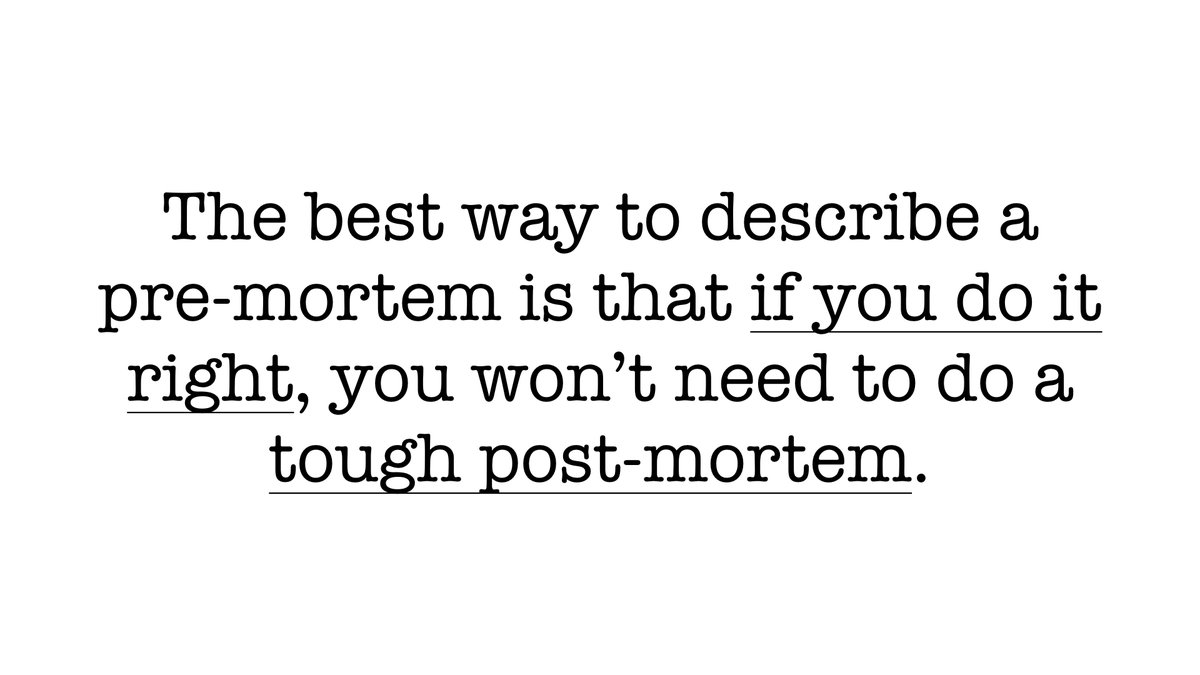
From another angle, Marty Cagan has been preaching that the best product teams tackle risks up-front by using Product Discovery techniques. But is there a straightforward way to “tackle” risks? Not exactly relating to risks, but a useful tactic is Assumptions Mapping by David J Bland. You brainstorm on post-its what the assumptions are in relation to the product that you want to build and you score them based on knowledge and importance. It’s a fantastic way for teams to visualize their assumptions.
Pre-mortems + Assumptions Mapping = Risk Mapping
What if you combined these two interrelated concepts: highlighting risks in pre-mortems with how you map assumptions?
Enter Risk Mapping
Risk Mapping is an hour-long workshop that empowers your team to:
- highlight key product risks,
- score them based on how risky they are and how much existing knowledge you have
- as well, as creating an action plan on how to tackle your biggest risks using Discovery techniques
Step 1: Gather the team
Invite a diverse set of team members who have three main perspectives:
- User/customer
- Business
- Feasibility
For instance, it could be a Product Manager, Product Designer and the lead Engineer and, if need be, other stakeholders from outside the team who are invested in the product. This is what Teresa Torres would refer to as a Product Trio. The smaller the group the better. The people in the room need to have the three perspectives, otherwise, the results might be skewed in the wrong direction, which will mean that the team will suffer consequences downstream.
Step 2: Brainstorm your risks
Spend about 5-10 minutes individually brainstorming what could go wrong? Ask the team questions such as:
- “We launched and we failed, why did we fail?”
- “Our users/customers were furious, why?”
- “Stakeholders bombarded us with emails, why?”
- “There were many technical incidents, why?”
Ask the team to write their post-its in different colors and put them in the following categories:
| End-user or customer value | Will they buy it, use it, understand how to use it? |
| Business value | Will it be valuable to your business? Will it work for the business (marketing, sales, compliance, HR etc)? |
| Practical feasibility | Can we build it in a sustainable, performant, and secure way? |
Example of what a Miro could look like
Step 3: Map your risks
Now, move your risks to a 2 x 2 matrix, scoring them based on knowledge and how risky they are. Individually move post-its in silence and then have an open debate on where to place them.
| Known vs. Unknown | How much knowledge and insights do we have relating to that particular risk? |
| High risk vs. Low risk | What’s the consequence of this happening? How bad is it if things go wrong? |
Step 4: Create an action plan to learn
As we argue in the book, Product Discovery is about learning. In the previous step, you have isolated risks that are both unknown and have ample risk. Now, it’s time to create an action plan on how you will tackle these risks.
Using dot voting or just open discussion, pick the top three risks that you need to tackle in the short term. Discuss what Discovery technique would be appropriate. For instance, if there is a user value risk, perhaps doing structured user research would be a good fit.
Summary
In an hour, you will have brainstormed potential ways that your product could fail. It’s both an effective and efficient way of kicking off a new product or initiative, creating alignment, and anticipating problems before they become big problems. It could be the highest leverage Product Discovery activity that your team can do.
You can also use this risk mapping exercise continuously by moving/calibrating your risks depending on how much knowledge you have acquired during recent weeks.
If you use the exercise, please keep in touch and let me know how it goes.
Thank you Martin Christensen, Marty Cagan, Jennie Mårtensson, Phil Hornby, and Mikael Brodd for reviewing the article.




